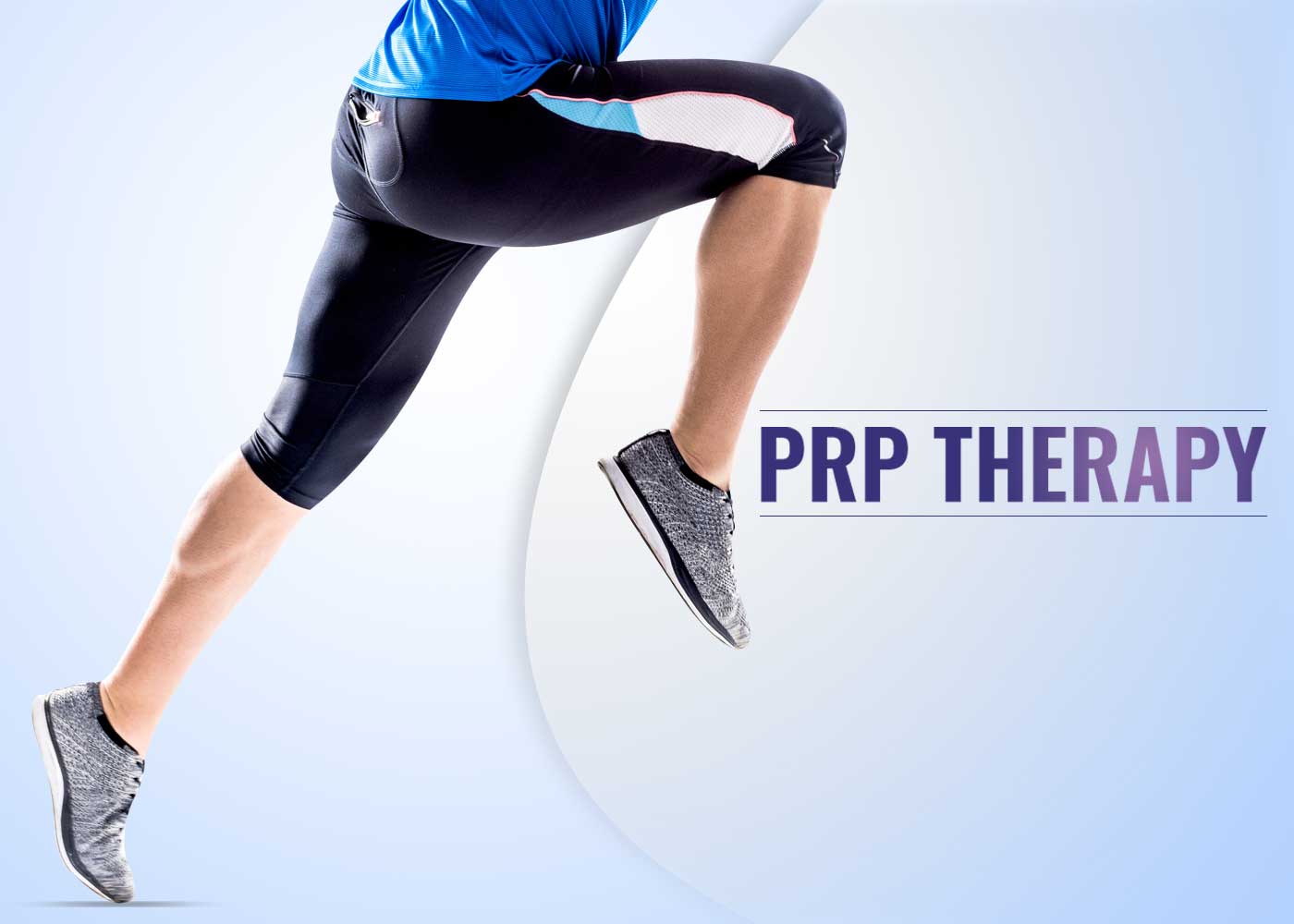What Is PRP Or Stem Cell Therapy?
Regenerative medicine is currently in an exciting stage of development. Regenerative therapies work in conjunction with your body's inherent ability to heal itself rather than trying to treat illnesses and disorders with other treatments. Stem cell or PRP therapies share the advantages of being non-drug, non-allergic, and non-surgical therapy alternatives.Growth factors, which are found in platelets, promote the body's natural healing process and aid in the healing and repair of tissues. Consequently, PRP therapy can restore damaged tissues, lessen inflammation, and reduce pain. The doctor draws blood from the patient's body to get platelet-rich plasma (PRP), which is then separated from the other blood components using a machine. The affected area is then injected with the PRP that has been prepared. Platelets disintegrate and release growth factors as soon as they get to the site of the lesion. These growth factors support cellular renewal and repair in addition.

For Which Injuries Does PRP Therapy Work?
PRP therapy helps a lot of athletes and people who are physically active who have orthopaedic diseases recover more quickly and frequently avoid surgery.
When more traditional treatment options like painkillers, cortisone injections, physical therapy, and even surgery have failed, research suggests that PRP therapy may be a beneficial option.
This may also be a good choice if you are sensitive to anti-inflammatory drugs, do not want surgery as a treatment option for your condition, or are unable to have surgery owing to an underlying medical condition. Many orthopaedic disorders, including the following, can be treated with PRP therapy:
1. Soft-tissue injuries
2. Rotator cuff tears
3. Achilles tendon ruptures
4. Tendonitis
5. Tennis elbow
6. Golfer’s elbow
7. Arthritis
PRP therapy is being used during some surgeries to aid with tissue recovery. For instance, a sportsperson who has a completely ripped heel cord may need to choose surgery to reattach the tendon. By administering PRP to the injury site at the time of surgery, it will be easier for the torn tendon to mend. To hasten the healing process, PRP and local anaesthetic are occasionally injected directly into the inflammatory tissue.
Orthogen Stem Cell Therapy or PRP Healing Process:
The patient may endure two to three days of soreness once the therapy is finished. Tylenol works incredibly well for pain management. Patients are recommended to relax for a few days after therapy, but it is not required. Following a PRP therapy, pain relief begins to take effect three to four weeks after the procedure, and the symptoms of the injury start to get better four to six months later. The length of time needed for recovery after therapy, however, substantially varies on the kind and severity of the damage.PRP therapy treats osteoarthritis pain or discomfort more quickly than it treats tendon pain like tennis elbow, golfer's elbow, or tendonitis. Achilles tendon pain has responded nicely to PRP therapy as well. Joint pain from arthritis heals significantly more quickly than other sorts of injuries. Nowadays, people choose PRP therapy since it has a much quicker healing and recuperation time than surgeries and other treatments. PRP Healing Process is offered in Ernakulam by Dr. Vineeth MB, an orthopaedic surgeon in Kochi. Contact us to learn more about Stem Cell Therapy and the treatment of ankle sprains in Kerala, India.










